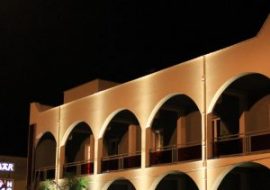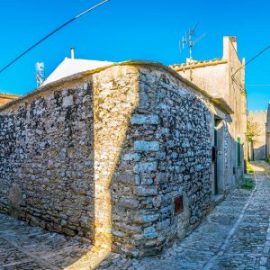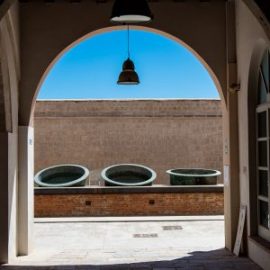Cave di Cusa
Time has stood still here.
About 17 km northwest of Selinunte is the archaeological site of the Cave di Cusa, which is part of the Archaeological Park of Selinunte, precisely because these quarries are strongly linked to the ancient Megarian colony.
In use since the 6th century BC, these quarries yielded excellent calcarenite and played a very important role in the execution of the monumental Selinuntine building projects: the materials extracted here were used to build Selinunte’s majestic temples. Indeed, despite its distance, a long stretch of this calcarenite outcrop – compact and massive – lent itself to the creation of large blocks from which large capitals and blocks of columns could be carved almost entirely on site. The uniqueness of this place lies both in the size of these quarries, set in a striking landscape, and in its state of preservation, which has made it possible to analyse all the stages of stone processing. Moreover, what makes this place all the more impressive is that everything was left as it should have been in 409 BC, the year of the destruction of Selinunte by the Punic army. The sudden interruption of the works is still evidenced today by the presence of two sculpted columns, ready for extraction, and huge abandoned column blocks ready to be transported to Selinunte, the great Greek city that itself became an open-cast quarry for centuries.
Accomodation
Other ideas for your trip
- Nearby
- Not to be missed
- Archaeological areas






















































